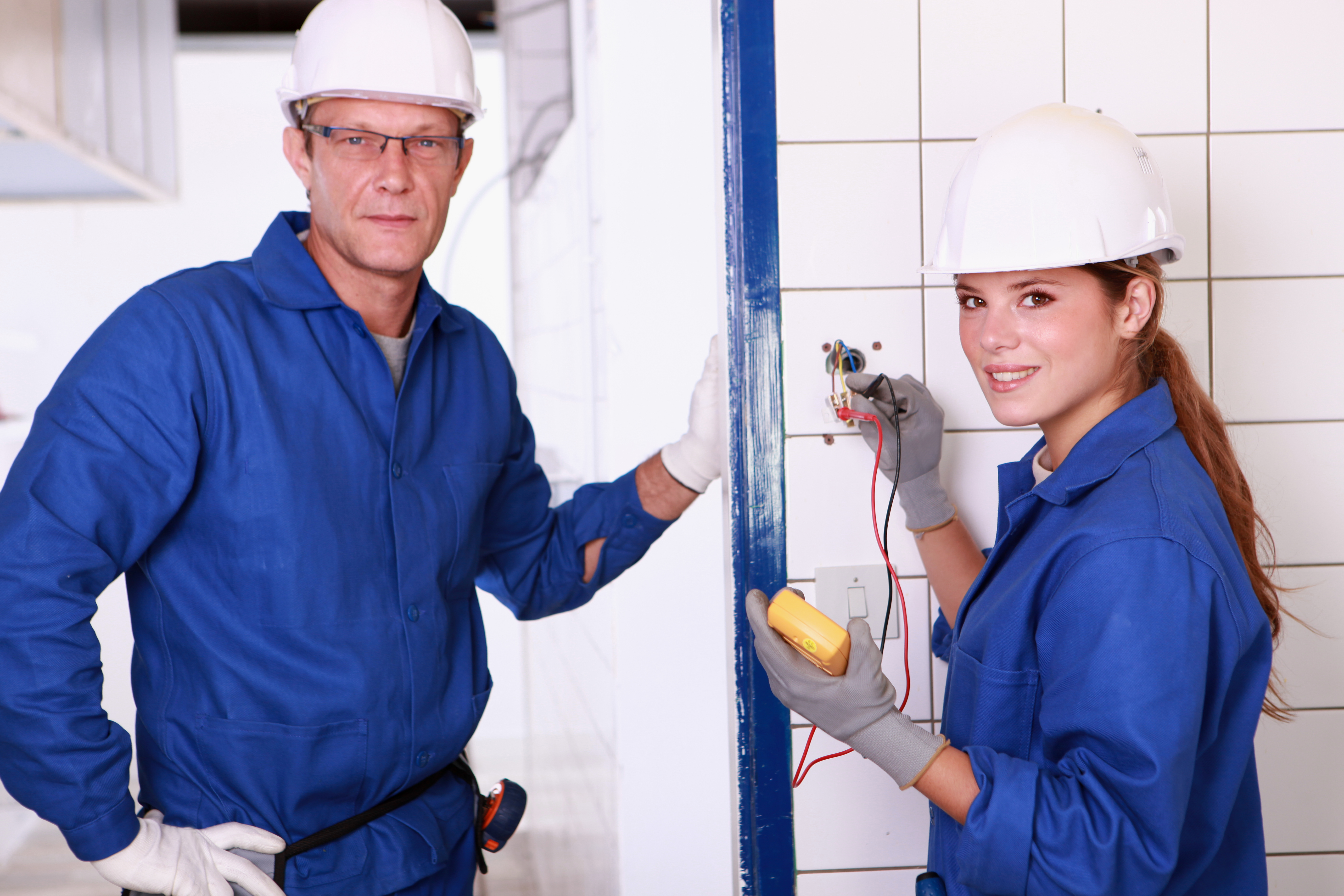The government has agreed to extend the instant-asset tax threshold for another 12 months. However, we continue to encourage implementation of the Coalition’s pledge to make the scheme permanent and increase the threshold to provide greater support for small businesses.
There will be continued support for apprentices through fiscal incentives, as this will also help boost workforce development and productivity in the electrical industry. In particular, from July 2025, eligible apprentices will receive $10,000 on top of their wage. However, we seek enhanced and ongoing financial support for small businesses to continue engaging apprentices, as well as incentives for apprentices to complete their apprenticeship not just commence one.
The ALP has also promised additional funding to tackle unlawful phoenixing and unfair contract terms in the construction sector. MEA will continue to work closely with the federal government on this and other policies aimed to improve payment terms for subcontractors. We will also continue to push for a FEG-like scheme for subcontractors who are unpaid following head contractor insolvency.
Another key election commitment from the Albanese Government is to introduce national occupational licensing for the electrical sector. We will keep working closely with the federal and state/territory governments and regulators to ensure a workable solution is found to increase consistency and quality of qualifications around Australia.
And if you install solar and batteries, Labor’s re-election is good news for you.
Here’s a summary of how the new battery scheme will work:
• This program represents a significant opportunity for MEA members, who will play a vital role in delivering and maintaining safe, compliant, and high-quality installations under this scheme.
• Delivered through the Small-Scale Renewable Energy Scheme (SRES), the discount will be applied via Small-scale Technology Certificates (STCs). To date, the SRES has contributed towards more than 4 million rooftop solar installations across Australia. The Labor Party hopes to transfer this momentum to private batteries, with a goal of 1 million installations by 2030.
BATTERY SCHEME DISCOUNT VALUE
• Discount Calculation – The discount is tied to battery capacity (kWh) rather than price, with $370 discount applied to each kWh per size of battery (In 2025, the support rate will be approximately 9.3 STCs per kWh of usable capacity).
• Future Value – The value of the subsidy will gradually decline each year until the program concludes in 2030, reflecting expected reductions in battery system costs.
• Existing State and Territory Battery Schemes – The program is designed to work alongside existing State and Territory rebates or loan schemes, such as those in Victoria, Tasmania, NSW, NT, WA and the ACT.
WHO IS ELIGIBLE?
• HOUSEHOLDS – Labor’s election policy will help households access affordable battery storage by reducing the upfront cost of installation by around 30% for a standard battery installation – approximately $4,000 off a 11.5 kWh battery or $3,000 off an 8kWh battery. Batteries must be a minimum of 5kWh.
• SMALL BUSINESSES & COMMUNITY FACILITIES – Larger batteries up to 100 kWh can also receive support for the first 50 kWh of usable capacity, making the scheme accessible to small businesses and community facilities.
• Each property is eligible for battery support once.
PRODUCT CRITERIA
• Systems must be capable of being integrated with a VPP.
• The battery must be paired with existing or new solar PV systems which also qualify under SRES.
• Battery systems must be listed on the Clean Energy Council (CEC) approved product list.
• Both on-grid and off-grid systems are eligible.
TIMING
• Battery installations must not become operational until after 1 July 2025. However, installers can still quote and plan battery installations prior to this date.
ACCESSING THE DISCOUNT
• The discount will be provided in the form of STCs and applied through the existing SRES framework.
• As with solar installations, accredited installers or retailers will apply the discount upfront when quoting and will manage the STC process with the Clean Energy Regulator (CER).
INSTALLERS
• Products must be installed by qualified electricians under State law who have a Solar Accreditation Australian accreditation.
• The program will use the existing compliance and accreditation standards under the SRES, ensuring installers are qualified and systems meet electrical safety regulations. The CER will oversee installations and refer safety concerns to relevant regulators.
• MEA members are well-placed to lead the rollout, supported by ongoing training and clear compliance pathways through the SRES.




